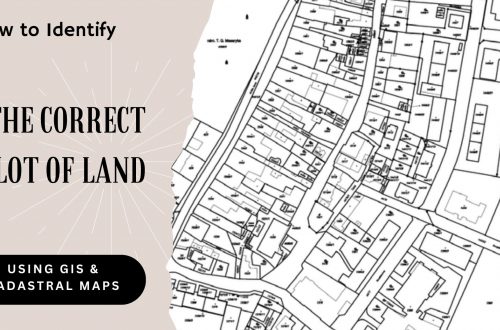Streamline Clearance Tracking for Hassle-Free Land Management
Efficient land management is critical for sustainable infrastructure development, urban planning, and public administration. However, one of the most challenging aspects of land governance continues to be the tracking and management of clearances and approvals associated with land parcels. In most cases, this process involves multiple agencies, departments, and documentation requirements—making it highly prone to delays, inconsistencies, and data redundancy.
A GIS-based Land Management System, such as LAMS, provides a comprehensive solution to address these challenges by integrating geospatial intelligence with digital workflow automation. The result is a streamlined, transparent, and accountable clearance tracking mechanism that supports timely and informed decision-making.
Challenges in Traditional Clearance Tracking
Conventional clearance processes are often fragmented and manual, relying heavily on physical documents and offline communication. This can lead to:
- Delays in inter-departmental coordination
- Lack of visibility into the approval status
- Difficulty in verifying land ownership and compliance data
- Increased chances of data duplication or loss
- Limited accountability and auditability
Such inefficiencies not only delay project implementation but also impact transparency, governance, and investor confidence.
Role of GIS-Based Land Management Systems
By combining Geographic Information System (GIS) technology with a centralized digital platform, GIS-based land management systems offer an integrated approach to clearance tracking.
Key features include:
1. Centralized Repository for Land Data
All information related to land parcels—such as ownership records, land use classification, and clearance documents—is securely stored in a unified digital database. This eliminates data silos and ensures consistency across departments.
2. Workflow Automation
Automated clearance workflows enable requests to be digitally routed to relevant authorities. Each stage of review and approval is time-stamped and tracked, reducing manual intervention and administrative delays.
3. GIS Integration and Spatial Visualization
Through GIS mapping, users can visualize the exact geographical extent of land parcels and overlay relevant environmental or legal layers. This helps validate compliance, assess risk zones, and facilitate spatially informed decisions.
4. Transparency and Real-Time Monitoring
The system enables authorized users to monitor the status of clearances in real time. Every action taken within the workflow is recorded, ensuring full traceability and accountability.
5. Advanced Reporting and Analytics
Integrated dashboards and analytical tools provide decision-makers with insights on pending clearances, process bottlenecks, and land utilization trends—enabling proactive management.
Advantages of GIS-Enabled Clearance Tracking
Implementing GIS-based clearance tracking through LAMS offers several institutional and operational benefits:
Enhanced Efficiency: Reduces turnaround time for land-related approvals.
Improved Coordination: Facilitates seamless communication between multiple stakeholders and departments.
Regulatory Compliance: Ensures adherence to statutory and environmental norms through spatial validation.
Transparency and Accountability: Promotes open governance through digital record-keeping and audit trails.
Scalability and Adaptability: The system can be scaled for use across departments, districts, or entire states.
LAMS: Driving Digital Transformation in Land Governance
LAMS (Land Acquisition & Management System) has been designed to assist government agencies, PSUs, and large enterprises in digitizing and managing land assets, records, and clearances through an integrated GIS framework. The platform supports modules for land acquisition, allotment, asset management, and clearance tracking, ensuring that all processes are seamlessly interconnected.
By enabling data-driven governance and promoting transparency, LAMS contributes to the broader objectives of ease of doing business, efficient land utilization, and sustainable development.
Conclusion
In today’s rapidly evolving administrative environment, effective land clearance tracking is essential for ensuring project efficiency and governance integrity.
A GIS-based Land Management System like LAMS provides a unified, digital, and transparent framework to simplify clearance workflows, strengthen inter-agency collaboration, and promote accountability at every stage of land management.
Through the integration of spatial intelligence and process automation, LAMS empowers organizations to achieve truly hassle-free and efficient land management.

Darshana Mukherjee is a Senior Consultant in Business Development with over 11 years of experience in sales, primarily focused on the Geospatial IT industry. Her expertise lies in driving business growth through strategic partnerships, client engagement, and delivering solutions. She combines her technical knowledge with business acumen to contribute effectively to organizational success.




